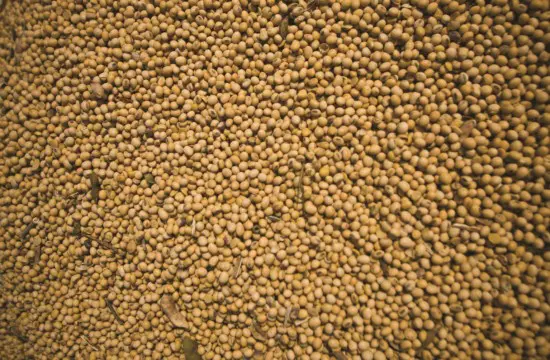Kurt Seevers, technical development manager, seed treatments & inoculants at Verdesian Life Sciences, says that with soybeans, choosing and applying an inoculant should come just as naturally.
“During the past 10 years, the quality of inoculants on the market has become so much better, with a significant increase in the number of rhizobia included,” says Kurt Seevers, technical development manager, seed treatments & inoculants at Verdesian Life Sciences. “Now, with an inoculant, there is the potential for an improvement in yield every time beans go in the ground.”
Without an inoculant, soybeans are dependent on the native populations of rhizobia in the soil to help the soybean plants fix nitrogen. Over time, these rhizobia get comfortable living in the soil, instead of working with a host plant. They end up with a reduced ability to fix nitrogen, especially compared to the rhizobia strains used in commercial inoculant products.
Inoculants bring more nitrogen into the plant by adding nodules and fixing more nitrogen for the plant when compared to the native rhizobia populations. This early nodulation creates more secondary and feeder roots for potentially more nodulation sites, which increases nutrient uptake and creates greater yield potential.
“If the seed is inoculated, you don’t have to wait for the roots to reach out and find rhizobia to work with,” says Seevers. “They’re right there waiting when the roots emerge, so they can get a head start on that yield-increasing nodule development.”
@BrinkKcm @LegendSeeds look at that beautiful field of legend beans treated w/ Preside CL oh ya & rainbow pic.twitter.com/uKTNWa1E3V
— Colby Brink (@BrinkKcm) June 30, 2016
@Verdesian booth 2129 @ComClassic growers are learning how #PresideCL accelerates germination and emergence out yielding other Inoculants 65% of the time by 2.5 bushels. Now available in #FlexConnect for even better performance and convenience! pic.twitter.com/cTu6NQsiNB
— Jim Pullins (@jpullin4) February 28, 2018
Preside CL Powered by Take Off @verdesian is looking great! @FVCoop ↗️ 🛫🚀 Just looking for a little ☔️ soon!!! pic.twitter.com/9V69fxJIRB
— Rob mahaffey (@Verdesian_robm) June 8, 2016


